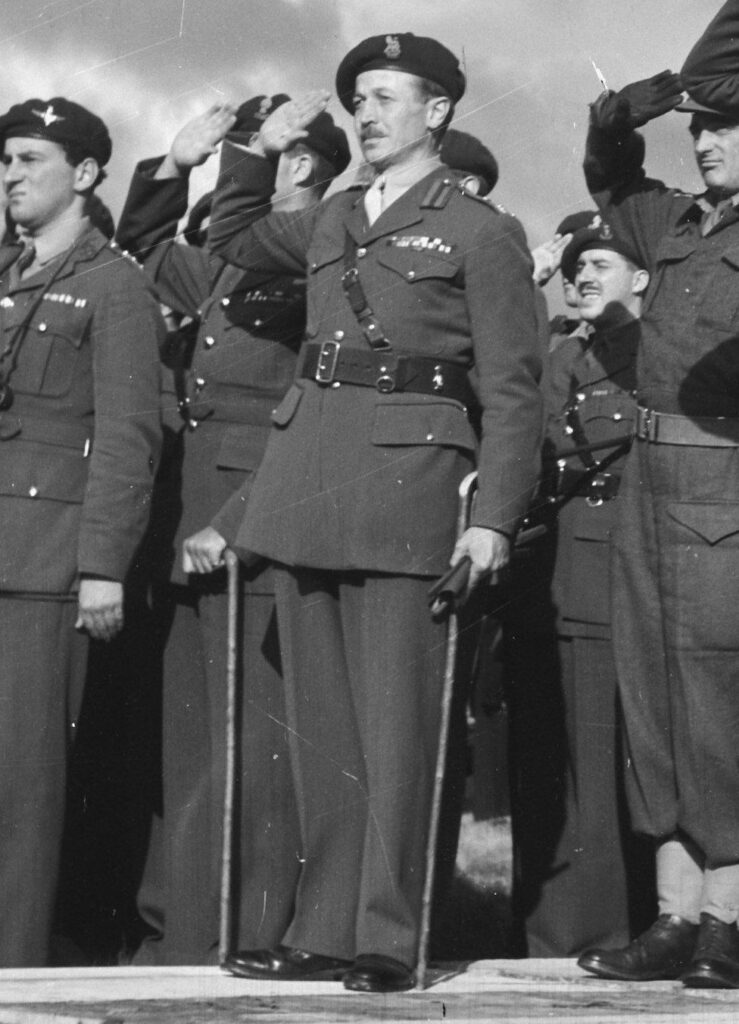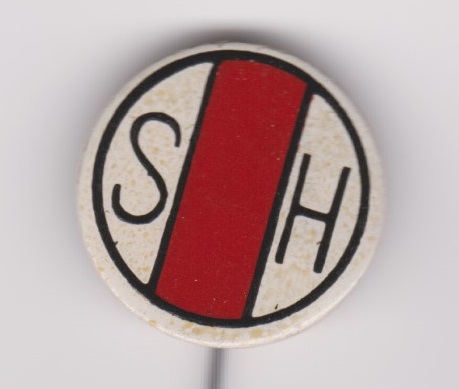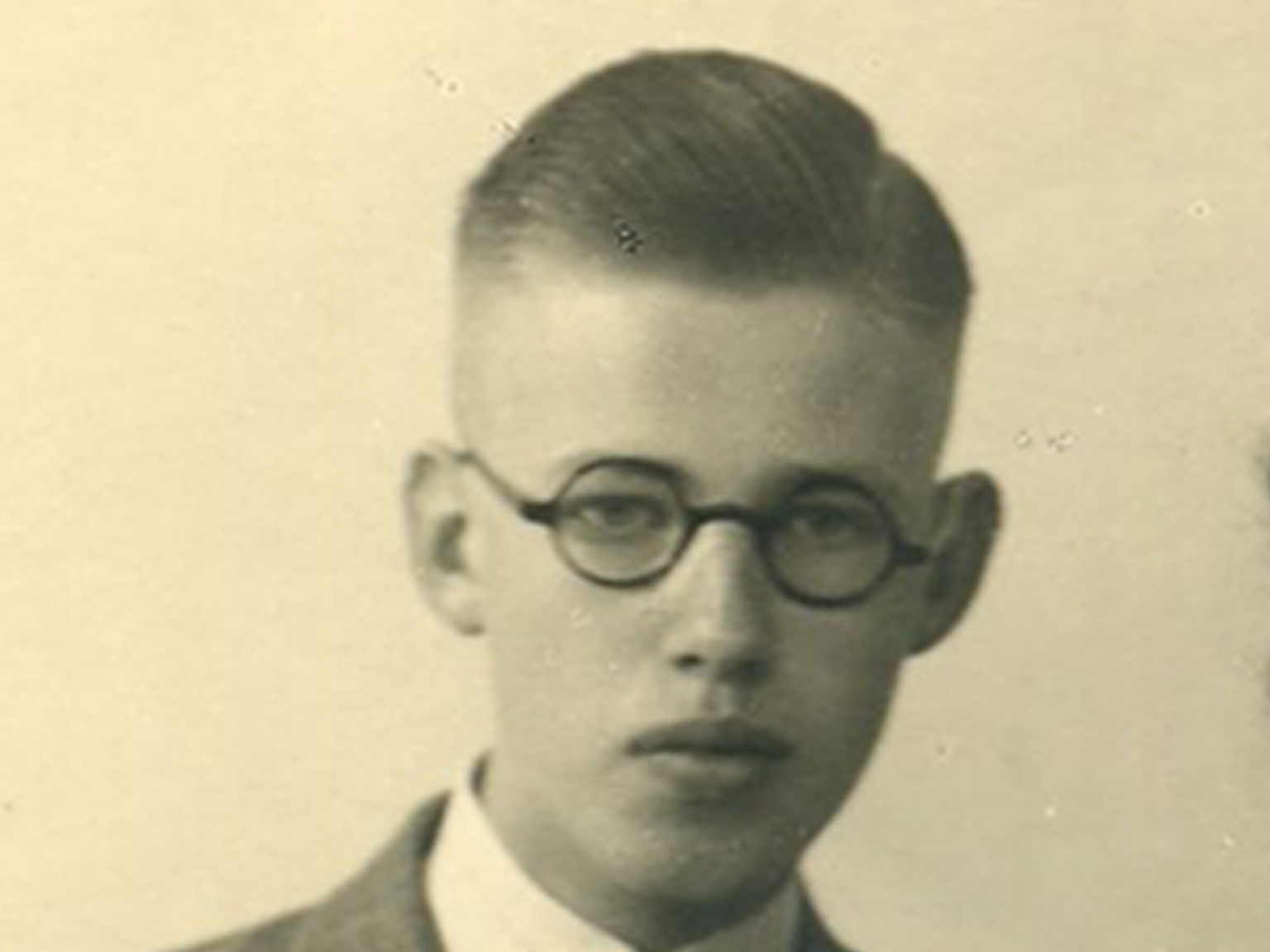Johan Snoek helped people in hiding. When he and his family were driven from their home by the Battle of Arnhem in September 1944, they moved in with their aunts. Johan continued his resistance work and helped a British general cross the front, back to his troops.
Johan was almost 20 years old when the Netherlands was occupied. Gradually, the family became involved in the resistance. Johan came from a reformed protestant family and saw the war as a battle between good and evil. In his diary, he wrote of his resistance work: “You would lose your self-respect if you wouldn’t do it.” The family hid a Jewish child in their house, and Johan organised hiding places elsewhere. During the Battle of Arnhem, their house was in the middle of the front line. The family had to move in with their three aunts.
British general John Hackett had been badly wounded during the Battle of Arnhem and was trapped in the occupied part of the Netherlands. Hackett went into hiding with Johan and his family. It was not an easy situation, as there were major food shortages and the Snoek family were guests in their aunt’s house as well. But Hackett and the family got along well.
After Hackett recovered from his injuries, he became eager to return to his troops. In January 1945, Johan helped him reach De Biesbosch, a nature area with many streams and swamps that provided an escape route to the liberated part of the Netherlands. They set out by bicycle, Hackett wearing a badge that meant ‘Hearing Impaired’. It was a way to hide his inability to speak Dutch should he be addressed by German troops.
After a journey of several days two members of the resistance managed to deliver Hackett into liberated territory by canoe. One week later, Johan heard the coded message on Radio Orange: “The grey goose has gone.” That meant that Hackett had successfully made the crossing!
After the defeat at the Battle of Arnhem, some 350 Allied troops went into hiding in the area, at least 145 of whom were taken back to friendly lines by the Dutch resistance. There were 374 ‘Biesbosch crossings’, most of them involving Allied soldiers trying to rejoin their units in liberated territory. Supplies such as medicine were transported in the opposite direction, into the occupied Netherlands.


